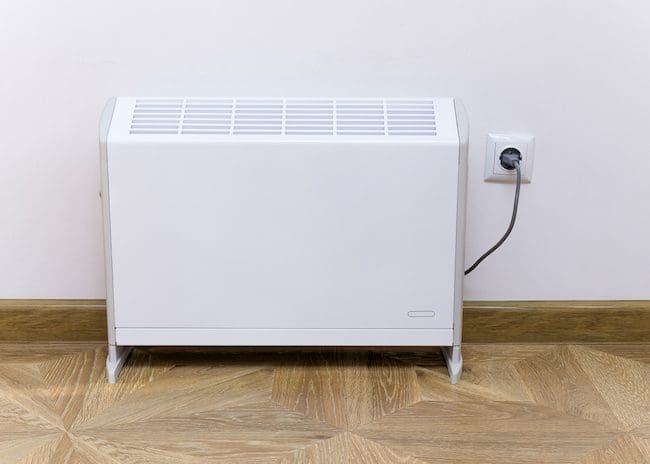A Biased View of 1 Source Portable Air
A Biased View of 1 Source Portable Air
Blog Article
Some Known Details About 1 Source Portable Air
Table of Contents1 Source Portable Air Things To Know Before You Get ThisThe Best Guide To 1 Source Portable AirWhat Does 1 Source Portable Air Do?Not known Factual Statements About 1 Source Portable Air Things about 1 Source Portable Air
Running expenses are based upon an electricity cost of 40c/kWh. The expenses for 3 months' use in winter are based upon 500 hours utilize, or roughly 6 hours daily for three months. Optimum heat outcome is based upon the maximum electrical power of the models we have actually tested (we concentrate on greater power level heating units).
On standard, little follower heating units are less costly to buy, however can have higher running prices. Oil column heating units will certainly be the most affordable on the market to run (on standard) but only by a narrow margin ahead of convection heaters (like panel and micathermic panels).
Indicators on 1 Source Portable Air You Should Know
If you have a relatively easy to fix ceiling follower, it'll aid disperse the heat around the room much more uniformly. The versions in our electrical heaters test usually variety in rate from well under $100 to over $900, yet we have actually located a greater rate tag does not constantly mean much better efficiency. A variety of costly heaters have actually fallen short to impress our testers, while some cheaper designs create remarkably bargains.
As the name suggests, they emit warm from a red-hot burner (so the family members will have to take turns sitting in front of it). There are floor and wall-mounted designs available. Glowing heating systems are reasonably low-cost. They have a cosy glow and individual warming effect, like being in front of a fire.
Glowing heaters normally cost between $20 and $200. Oil-filled column heaters do not actually shed oil they make use of electricity to heat up the oil that's secured inside their columns or 'fins'.
Indicators on 1 Source Portable Air You Need To Know
Some column heaters aren't even oil-filled but instead utilize various other product or home heating technology to work the exact same method - 1 Source Portable Air. The danger of fire with an oil column heating unit is reduced contrasted to various other heating system kinds, yet never ever absolutely no. Oil heating systems do not have actually subjected aspects like glowing heating systems do, and their surface area temperature level is reduced than several other heating unit types (their big area makes up for it)
Oil column heaters won't take off, and while they do not melt their oil to create warm, it's still flammable, so there is a fire risk if the oil leaks, go to the website if the heating system topple and leaks, or if flammable items or material enter call or drop on the heating unit. You need to work out the exact same degree of care with oil heating systems as for other heater kinds, and never ever hang towels or clothing over one to dry them use a drying out rack instead, at the very least one metre away.
Column heating systems are specifically helpful in rooms where they'll be activated for extended periods of time or where they'll operate unattended, such as over night in a bed room. The surfaces you're likely to touch on a column heater don't obtain as warm as various other kinds of electric heating systems. You can utilize a ceiling follower on extremely low rate to assist the column heating system to disperse the heat much faster and a lot more uniformly.
If there's very little air movement (for instance, if you're sitting reading or viewing TV), the warmth may not be dispersed evenly. Oil-filled column heating systems typically set you back in between $50 why not try this out and $450. Convection and panel heaters attract cool air over an electric heating component. The warmed air then leaves the heating unit and climbs towards the ceiling, while cooler air relocations in to change it.
Not known Facts About 1 Source Portable Air

Convection and panel heating units are a lot more mobile than their oil-filled column heating unit equivalents due to the fact that they're substantially lighter. They'll warm the air in an area uniformly and swiftly. Like a column heating unit, you can utilize a ceiling fan on extremely low speed to disperse the warmth quicker and extra equally. Some versions, particularly panel heaters, are relatively pricey to buy.

1 Source Portable Air Fundamentals Explained
Fan heating systems are usually smaller and extra portable than various other electric heating units. They also can be found in the type of tower follower heaters, which can be much better for dispersing heat around bigger spaces due to their taller profile. They can heat up the air in an area extra rapidly, uniformly and promptly than a few other heating system types.
Follower heating systems (ceramic or otherwise) generally cost between $60 and $900. Ceramic follower heating units aren't necessarily any type of various in price to non-ceramic models.
Report this page